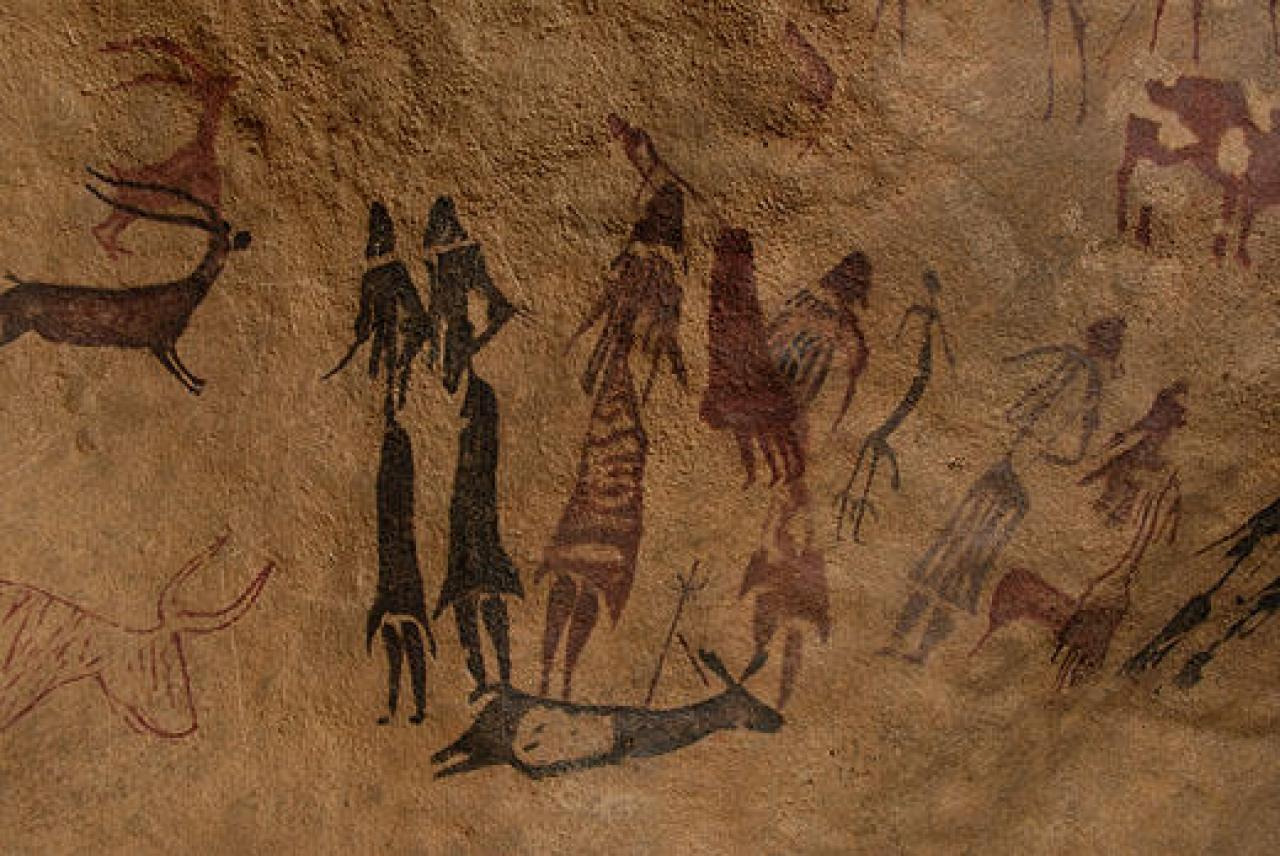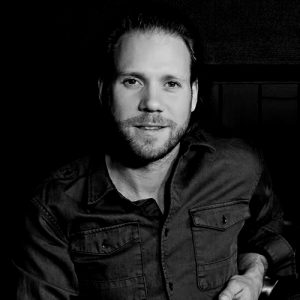
With the drastic changes that the past year has brought, there has been plenty of talk on “the future of events”. Or, rather, whether events are necessary at all. I have personally heard many of my con-colleagues discuss how we, as event professionals, need to adapt to a new social environment. Of course we all have experienced how external factors can completely paralyse the our industry. External factors restrict us from celebration on a large scale. Actually, our access to any movement in unison (a.k.a. dancing until our lungs give out) is at an all time low. I am seeing these facts manifest in a frequently used statement: “It will never be the same again.” It hurts to see friends and partners take this statement to heart, questioning whether a future in the event industry even exists…
Let me be completely honest here. Not a single fibre in my entire body has considered that this statement might be true. Not in the slightest. Actually, I know for certain that we will never stop dancing together and celebrating in groups. And this “we” is not referring to a specific group of individuals such as myself. No, I am referring to the entire human species. Am I delusional? Do I refuse to accept reality? Or are there other facts that are being overlooked? Let me explain. (Spoiler alert: it’s the latter.)
Dance and celebration is no modern phenomenon. Three million years ago, give or take a few, our prehistoric ancestors were already shaking hips and limbs in unison. Where did they find such luxury? Homo sapiens were far and thin – metaphorically and quite literally speaking – for the physical strength required to battle their environment wasn’t embedded in their DNA. For the hunter-gatherer nomads warmth and food were scarce. Hunting in itself was risky business, possibly lethal. Thus, we ask ourselves: why on earth would our ancestors waste time and energy on dancing around?
Contrary to modern belief, dancing wasn’t considered a luxury nor a waste. Instead, it was a necessity. The high risk that came with hunting, made the activity a group effort. Archaeological evidence suggests that hunters would move in unison, using their entire body to amplify the group. This made them appear more threatening, but simultaneously it made individual hunters feel stronger, more protected and more courageous than in isolation. Since the focus was on the prey, people could lower their guard towards each other. All of this resulted in synchronised movement becoming a collective defense system. Such movement has also been found prehistoric rock art.

When we step into historical periods, more and more concrete examples emerge. Rapid rhythmic sounds were added to enhance the harmony of the group. Together with the feeling of safety such repeating rhythms allowed for a form of trance. One in which one left their current state and consciousness to surrender to the movement of the group. I have to say, if that’s not the oldest form of team building, I don’t know what is.
While daily life became less dangerous, the desire to engage in collective movement remained. It even gained a new side effect: joy. Our brain is wired to make acts that are essential to our survival pleasurable (such as eating or having sex). With that in mind, it’s easy to understand why we find pleasure in dancing amidst a group. No matter to which culture, location or time period we direct our focus; each one depicts the ecstasy of dance and musical ritual in one way or another.
A while back I read the book “Dancing in the Streets” from investigative journalist Barbara Ehrenreich. She describes collections of research on dance and celebration from multiple of such locations, cultures and periods. While each one has its own allure, one period particularly struck me. I couldn’t help but notice an interesting resemblance to our current events.
While the Ancient Greek worshipped many gods, there was none like Dionysus (or Bacchus, for the Ancient Romans among us). Dionysus represented fruitfulness, vegetation, freedom and madness, among other things. He was considered the embodiment of celebration, which was clearly visible in his rituals. The Greeks were known to perform rituals to gain a favour from the gods, such as a good harvest, triumph in battle, divine inspiration, you name it. However, the rituals for Dionysus were… different. There was no promise of fortune or fertility to those who danced for him. Worship would not grant any individual any favours. Rituals were purely performed for the sake of the ritual itself: dancing, drinking and company.

This relatively ritual gained a new meaning in the time of ancient Rome. As the importance of social class grew, social expectations changed. While restraint was idealised, indulging in pleasure (of any kind) was looked down upon. Especially publicly. A desire for human contact didn’t belong in the Roman idea of a “civilised society”. This message wasn’t a subliminal one, but actually enforced and spread by the ones in power. The standard for social gatherings was meant to be set by the citadel, generally including military or political assemblies. Other gatherings were rejected, especially when there was no opportunity to exert control.
Gradually, dancing became a hidden activity behind closed doors. Much like an underground rave, actually. It also gained a certain promiscuous connotation, especially when women were involved. This was yet another attempt to control citizens. You see, similarly to their prehistoric ancestors, dances and gatherings made the participants feel powerful. “A part of something bigger.” The citadel regarded this as a threat to their reign, since such acts abandoned strict restraint and invited joy instead. Collective joy feeds a sense of freedom, while bathing in a cumulative power.
Dancing is a physical display of said freedom.
Such freedom does not simply allow itself to be controlled. This proves to be true, time after time. Subsequently, the Roman elite failed to eradicate such gatherings and celebrations. And they really tried.
When I look at present times, I can’t help but see parallels. While contemporary governmental measures in Western Europe differ a great deal from dictatorial Roman reign, our situation is similar. To protect our collective health and people’s lives, public gatherings are restricted once more. Organising secret raves is not only restricted, but incredibly harmful and ethically unacceptable. Yet, in the midst of the many constraints, our human desire for collective rituals and celebratory gatherings lingers on.
While this desire is too often associated with lust for entertainment, it is much more than that. Just as in previous times, this is fueled by a hunger for the full human experience. When we find ourselves socially isolated for a longer period of time, this hunger only grows stronger.
To summarise, the following are the main reasons to why I know that we will celebrate and dance together again:
Having said all that, I am thinking realistically. In the short term, yes, shifting the way we operate is necessary. Yet, letting go of our inner drive most certainly is not. I am convinced that in the long term, we should hold on to who we are and why we do what we do.

It is not a question of if but a question of when.
We will seize the opportunity once it presents itself, for it surely will. The demand will never disappear. No matter the situation, we will inevitably find our way back to shared festivities and movement in unison. We simply cannot avoid it. Eventually, we will all meet once again and dance until our feet can’t take it. Not only for the joy, but because it’s human nature. “It will never be the same again.” Oh, it will. We humans will always long for that moment, where we feel part of something bigger than ourselves. Where we feel that much stronger than we are now, on our own. When that moment comes, I will be ready. Will you be there to join me?
How To Use Music To Emotionally Move An Audience
Creating Shows And The Psychology of Colour


Koen Colmbijn is a Dutch live-entertainment Director. He is a visionary emotion expert. A storyteller with a knack for (corporate) strategy. His passion is to touch people’s souls via theatrical concepts. During his 10 years of experience in the live entertainment industry he collaborated with industry leaders within different cultures such as Heineken, Board of Saudi Aramco, Booking.com, Volvo Ocean Race, ExxonMobil and The Walt Disney Company. Furthermore, he has produced inventive live shows for large corporate festivals, stadium shows, dinner experiences, ceremonies and well-known music festivals in Beijing, Shanghai, Tokyo, Seoul, Vancouver, Sochi, Cape Town, London, Berlin, and Amsterdam. He has worked with world renowned artists, from Yo-Yo Ma. Janine Jansen, National Ballet of the Netherlands & Michaela DePrince to Tiësto, Hardwell, Armin van Buuren and many more. Koen challenges himself and his dedicated team on a daily basis to beat the status quo in the international world of Live Entertainment.
Read Full Profile© 2021 TheatreArtLife. All rights reserved.

Thank you so much for reading, but you have now reached your free article limit for this month.
Our contributors are currently writing more articles for you to enjoy.
To keep reading, all you have to do is become a subscriber and then you can read unlimited articles anytime.
Your investment will help us continue to ignite connections across the globe in live entertainment and build this community for industry professionals.